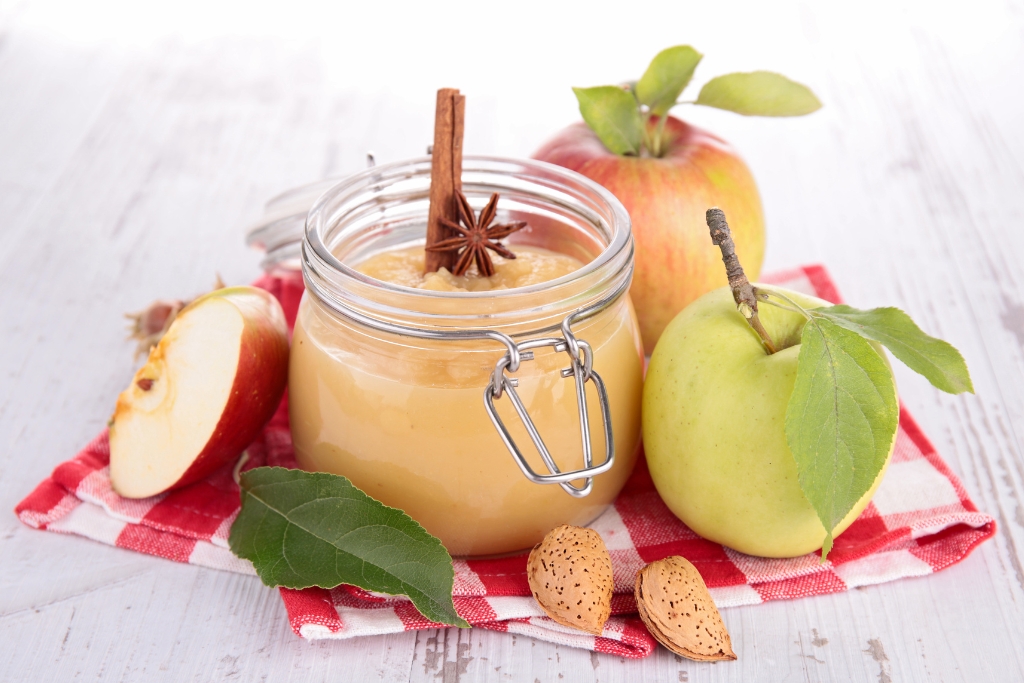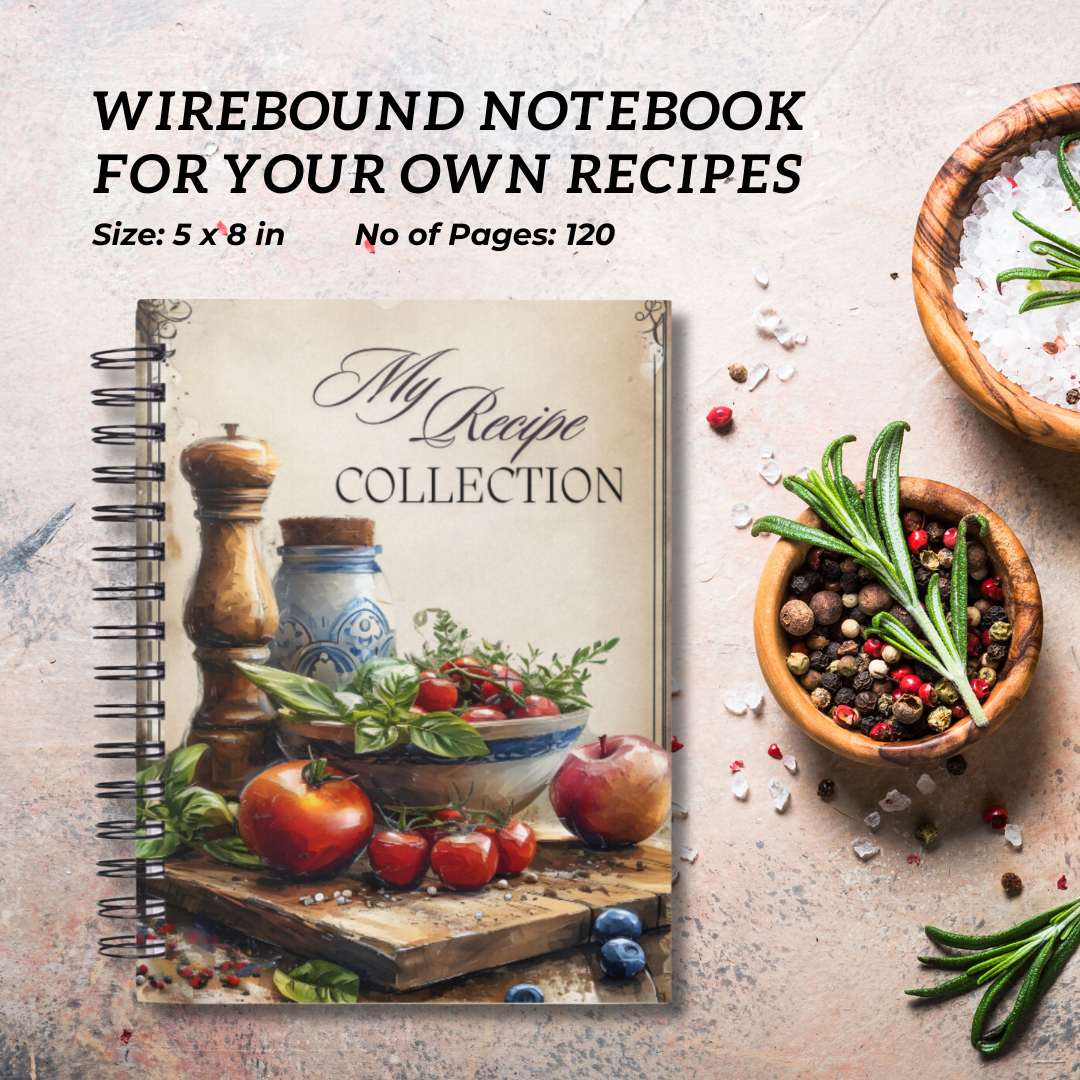Traditional Apple Recipes
Apple Sauce
Pork was one of the main meats eaten in our house while I grew up. We ate it with mustard and occasionally tomato ketchup, but never with apple sauce. Tart apples, stewed until they collapsed into a fragrant, tasty semi-puree were reserved for dessert. Or, at the very least, served alongside thick, crisp potato cakes.
It was only when I came to live in England that I was introduced to a taste the English have cultivated for centuries. Roast pork, all tender meat with its shell of crisp salty crackling, scales new heights when served with apple sauce.
And that's not the end of that sauce's versatility. It's equally delectable in hot cheese sandwiches or with cold, boiled bacon. And with a bit of chilli added it has - on occasion - doubled up as a chutney substitute.
Don't restrict yourself to just apples when making this sauce. Yes, it's great on it's own. But I love to experiment with even the most traditional of recipes and my favourite apple sauce recipe has three main ingredients: apples, onions and ginger. And the end result is something that's perfect for roast pork, and even better with sausages, sizzling hot from the pan.
 Apple Sauce © margouillatphotos | Getty Images canva.com
Apple Sauce © margouillatphotos | Getty Images canva.com
Ingredients
This sauce is not something I ever make in carefully
measured quantities. When I run out I make a new batch, using just what
I have in the house. This makes (roughly) four jars of sauce:
- 1lb / 450g cooking apples
- 1/2lb / 225g red onions
- 1oz / 25g butter
- 1in / 2.5cm ginger
- 2oz / 50g sugar
- 1 teaspoon salt (or to taste)
- 1.5 fl oz / 50ml vinegar (red wine, cider or cider balsamic)
- pinch of dried chilli (optional)
To my mind and taste buds, there are a couple of rules here.
- This is a recipe where I would insist on using cooking apples. Dessert apples won't work, they don't collapse as the Bramleys do when cooked.
- Red onions give the finished sauce a nicer colour. That's the only reason I use them instead of white. It does not change the taste, so use what you prefer or have to hand.
- I used to use red wine vinegar or just cider when making this sauce, but have recently been experimenting with cider vinegar and even cider balsamic. Both come up with a rather tasty sauce, but especially when you use cider balsamic, the finished product will look much darker than the traditional finish you may have been used to. Also, cider balsamic and cider vinegar tend to have a stronger taste, so begin by using a little less and add more as you taste.
How to Make Apple Sauce
This could not be easier! Peel and chop the onions and soften in the butter before adding the cored, peeled and chopped apples and the grated ginger.
Turn them over in the butter for a couple of minutes, then add the sugar, salt, chilli (if using) and the cider / vinegar.
Clap on the lid
and cook on a low heat until the apples have collapsed. You should stir
every now and then to make sure your sauce does not stick to the bottom
of the pan.
When soft, use a hand blender or electric
whisk to turn the mixture into a smooth sauce. Fill into clean,
sterilised jars and cover with waxed paper before putting on a lid.
Apple sauce keeps reasonably well - i.e. 2-3 months - but I'm quite sure it won't be around that long.
How do you keep your recipes?
Are you a passionate cook or baker with a treasure trove of old, beloved recipes scattered around your kitchen? Let me help you organise and preserve your culinary heritage in style.
These elegantly designed blank recipe notebooks don't take up much room, but with their user-friendly layout and durable design, they offer plenty of space for your recipe collection. This recipe keeper notebook is your perfect kitchen companion. And filled with their favourite recipes it makes a great gift for children heading to college - or even as a wedding gift.
For more traditional apple recipes return to the recipes page.




